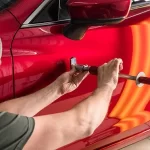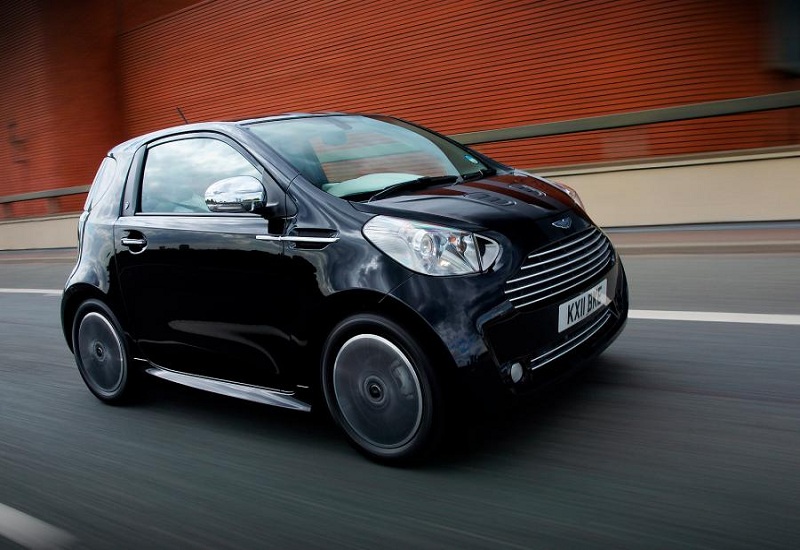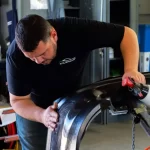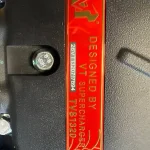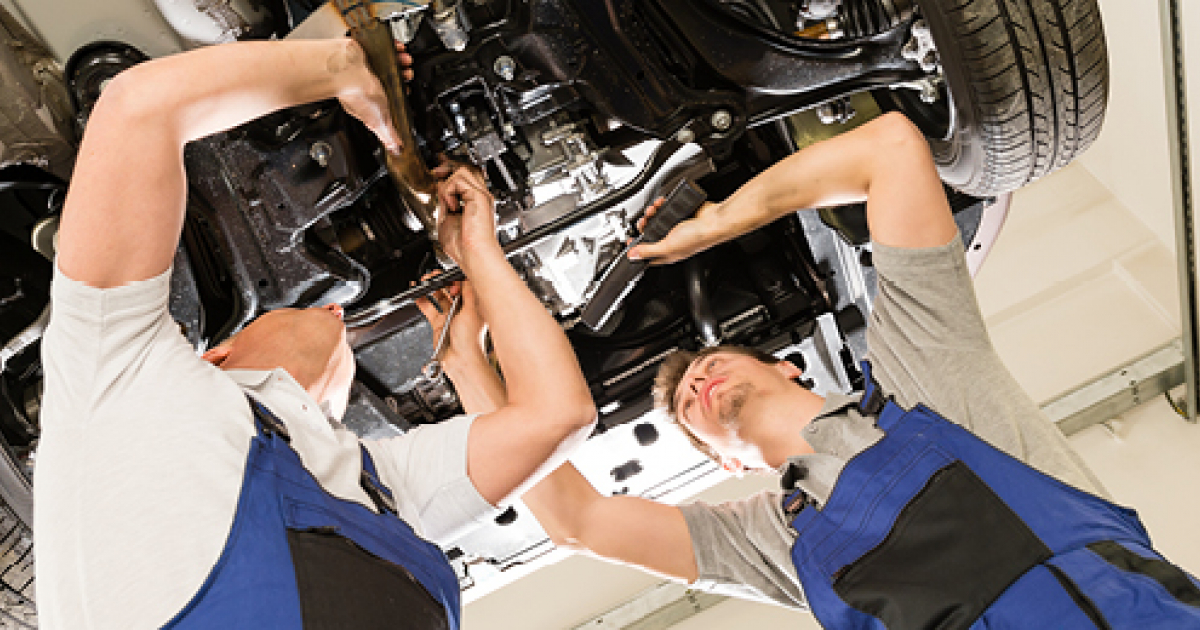Automotive electronics have grown increasingly complex and critical to a vehicle’s operation. From engine control to security and drivetrain modules, these control units (ECUs and other modules) govern how a car starts, runs, shifts gears, and protects against theft. When one of these electronic brains fails, owners and repair shops face a choice: repair, reprogram, or clone. But which path is best? Below, we explore ECU cloning (and module cloning in general), its advantages and risks, and a real-world service example.

Content
What is ECU / Module Cloning?
Cloning refers to copying all relevant data — firmware, configuration settings, immobiliser (anti-theft) information, VIN, injector maps, etc. — from a “source” (original) module to a “donor” or replacement module, so the replacement behaves identically to the original in the vehicle. In effect, cloning re-creates a “plug-and-play” replacement unit without needing dealer programming or entirely new calibration.
Cloning is commonly used when:
- A module has failed beyond repair but a compatible donor is available.
- The original unit is locked or encoded to a vehicle, and the owner wants to avoid complex reprogramming.
- Preserving custom configurations or tuned maps is important.
The service offered by PaceWorx in their “Ford ECM/PCM Cloning/Repair service” is a good illustration: they transfer VIN, immobiliser data, injector coding, configurations, and software from the original ECU into a donor unit, yielding a ready-to-install unit with no extra dealer coding.
Advantages vs. Risks of Cloning
Advantages
- Time savings — Because the donor unit arrives already pre-matched, you may avoid extended coding or dealership sessions.
- Cost efficiency — Cloning can be cheaper than full OEM replacement or reprogramming, especially when dealer labor charges are high.
- Preservation of settings — Custom tunes or calibration tweaks in the original unit may be carried over.
- Minimal downtime — If executed correctly, the replacement works with least hassle.
Risks & Limitations
- Compatibility constraints — Not every ECU or module offers full cloning capability; some are locked by manufacturers or have security measures preventing full duplication.
- Cloning errors — Mistakes in the copy process (e.g. missing data, corrupted sectors) may make the donor unusable or produce malfunctions.
- Firmware mismatch — If the donor’s hardware revision differs or lacks necessary updates, issues may arise.
- No firmware updates — A cloned unit might not include latest software fixes from the OEM.
- Opacity in provider capabilities — The quality of the cloning depends heavily on the tools and expertise of the service provider.
Because of these risks, some professionals prefer reprogramming/coding (installing fresh firmware and configurations) over cloning in many cases, especially when compatibility or future support is a concern.
A Real-World Example: Gearshift Module Repair By PaceWorx
One of the services offered by PaceWorx is the Jaguar XF / XE / F-Pace / XK / XJ Gearshift Module Repair Service (priced at about £159 GBP).
- What is this module? The gearshift module governs how the transmission is controlled electronically—shifting logic, gear selection, and interactions with engine and drivetrain.
- Why repair vs replace? Gearshift modules are expensive OEM parts; repairing or cloning an existing one can extend its life at lower cost.
- How it fits into cloning/repair workflows: For a failing gearshift module, a service like this may either repair damaged circuits, reflash microcontrollers, or clone data into a repaired or donor board so the transmission continues to function seamlessly.
This service is a concrete example of how module repair and cloning services are commercialized: you send the faulty gearshift module, and the provider returns a restored or cloned version ready for reinstallation.
Things to Check Before You Clone
If you’re considering using a cloning or module repair service (such as from PaceWorx or others), here are important due diligence steps:
- Request module compatibility check — Ensure your exact module part number is supported.
- Ask about warranty / testing — Good providers thoroughly test the cloned module and offer warranty against failure.
- Clarify what data is cloned — Ensure VIN, immobiliser, calibration, injector data, etc. are included.
- Understand turnaround time and shipping risks — Since modules are often mailed, damage or delays are possible.
- Compare cost vs new module + dealer programming — In some cases, a new OEM module plus dealership programming may be worth the extra security and support.
- Check provider reputation — Look for reviews, testimonials, or case reports (for example, PaceWorx emphasizes many satisfied customers in its reviews).
Cloning can be a powerful tool for module replacement without heavy dealer intervention, but it’s not a one-size-fits-all solution. For many vehicles and modules — such as the Jaguar gearshift module service mentioned above — a repair or cloning service can restore function affordably and effectively.

Classic cars are Johnny’s canvas, and wrenches are his brushes. He breathes life into vintage beauties with a few loving strokes. Johnny’s blog isn’t just articles; it’s a restoration masterpiece in the making.

